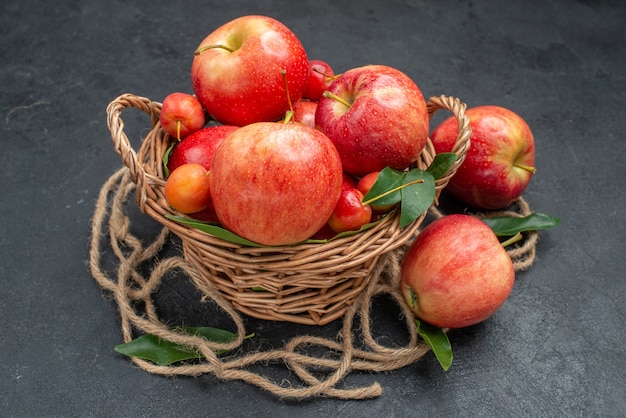Eating a variety of colorful fruits and vegetables, often referred to as “Eating the Rainbow,” is a popular strategy for achieving optimal health and nutrition. This method ensures you get a diverse range of essential nutrients and phytochemicals, which are beneficial compounds found in plants.
The different colors in fruits and vegetables are due to various phytochemicals, which not only protect plants but also offer health benefits to humans. For instance, compounds like polyphenols, anthocyanins, carotenoids, and chlorophylls help reduce oxidative stress, lower cholesterol, manage blood pressure, and decrease the risks of type 2 diabetes and cardiovascular issues.
Red foods like tomatoes, strawberries, red apples, and red bell peppers are high in antioxidants like lycopene and anthocyanins, which support heart health, reduce cancer risk, and promote healthy skin.
Orange and Yellow foods like carrots, oranges, sweet potatoes, mangoes, and yellow bell peppers are rich in vitamins C and A, plus beta-carotene. These nutrients are crucial for eye health, immune function, and skin health, and they help lower the risk of chronic diseases.
Green foods such as spinach and kale, along with green apples, kiwi, and broccoli, are packed with vitamins K, E, and C, plus iron and calcium. These nutrients are important for bone health, blood clotting, and anti-inflammatory effects, along with potential cancer prevention.
Blue and Purple foods like blueberries, blackberries, eggplants, and plums are rich in flavonoids, resveratrol, and vitamin C, with anthocyanins providing their color and antioxidant properties. These foods support cognitive function, heart health, anti-aging, and urinary tract health, with possible cancer-preventing benefits.
White and Brown foods like garlic, onions, mushrooms, cauliflower, and bananas offer nutrients like allicin and potassium. They boost the immune system, support hormone and heart health, and have antibacterial properties that help regulate blood pressure and cholesterol levels.
Eating fruits and vegetables in their peak season enhances their flavor and nutritional value. Seasonal produce typically has higher levels of antioxidants, vitamins, and minerals, tastes fresher, and is more enjoyable to eat. Additionally, seasonal eating often means eating locally, which is better for the environment and supports sustainable agriculture.
In conclusion, the “Eat the Rainbow” approach is an easy and effective way to improve your health. By including a variety of colorful fruits and vegetables in your daily meals, you can benefit from a wide range of nutrients. So the next time you prepare your plate, make sure it’s filled with the vibrant colors of health.







